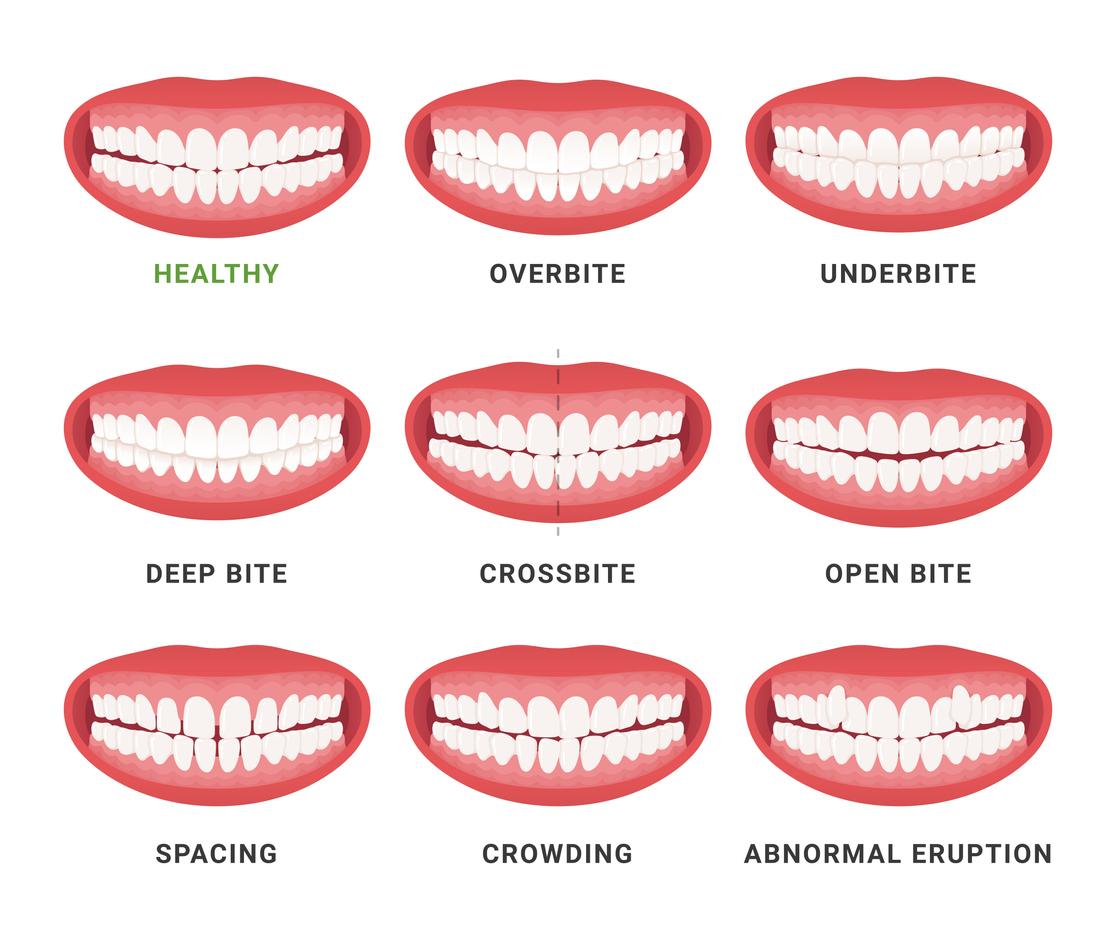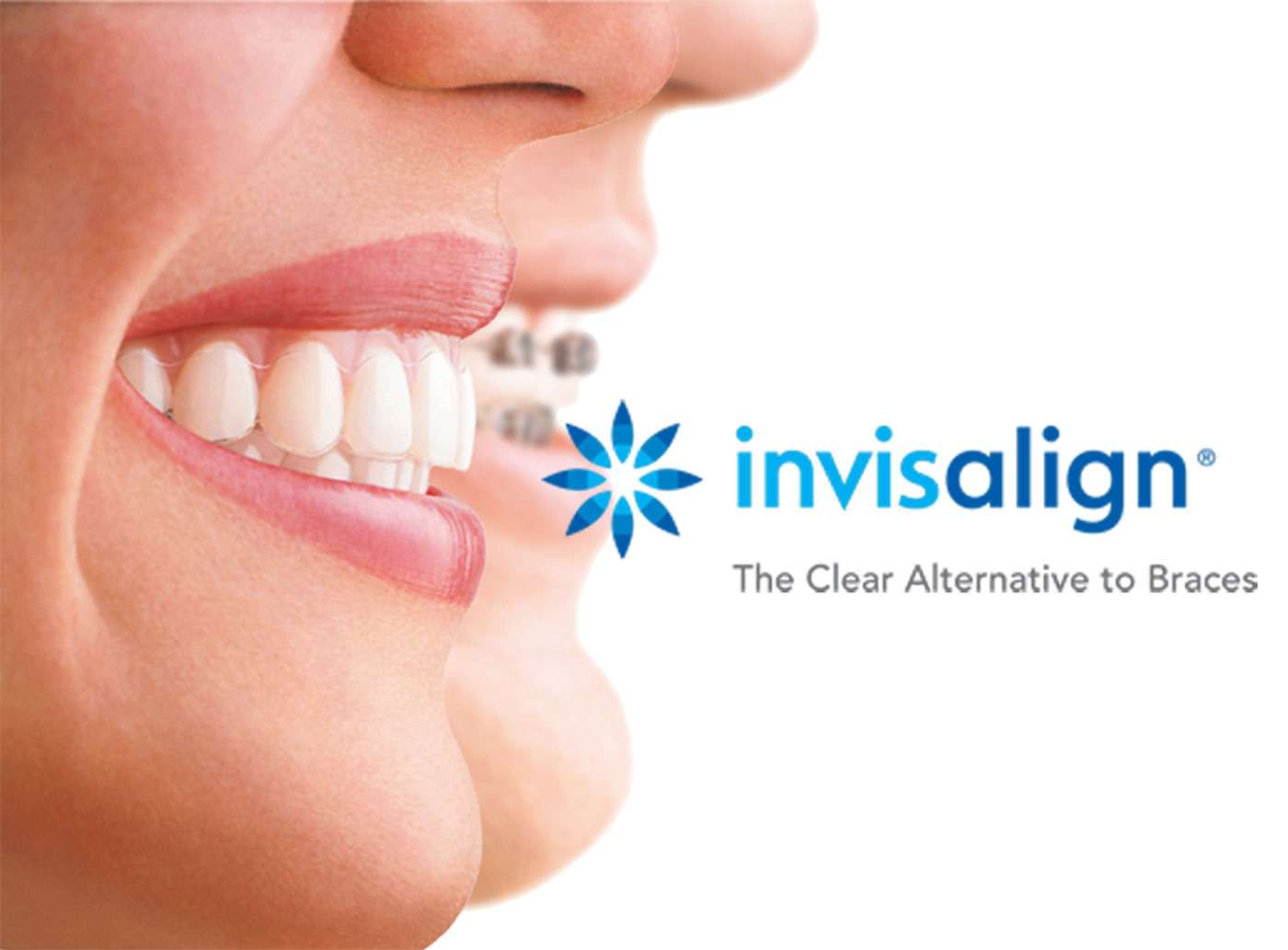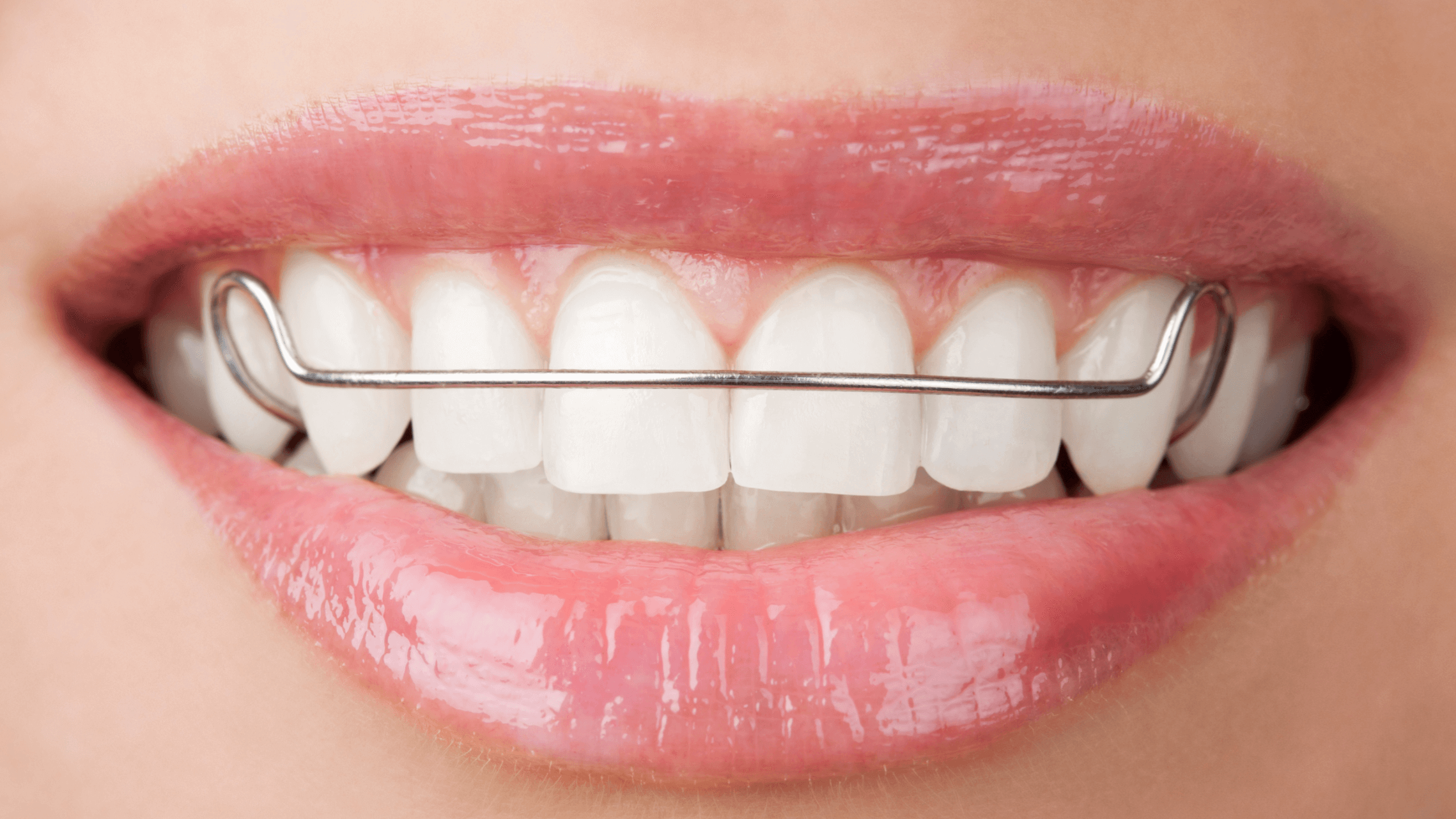Invisalign vs. Traditional Braces: Which Choice Is Right for You?
When thinking about orthodontic therapy, the selection in between Invisalign and typical braces presents several vital aspects that warrant careful assessment. Invisalign provides a very discreet alternative with removable aligners, while traditional braces give a more visible yet reliable option for serious imbalance. Each choice includes distinctive benefits and disadvantages related to aesthetics, convenience, therapy period, and price. Recognizing these nuances is essential for making a notified choice that aligns with your personal preferences and way of living. The question remains: which alternative will ideal meet your orthodontic needs and expectations?
Overview of Treatment Choices

In contrast, typical braces include steel braces and wires that are bound to the teeth. This approach uses continuous pressure gradually to attain alignment. While efficient for intricate orthodontic issues, typical dental braces require regular check outs for modifications and can pose challenges in keeping oral hygiene as a result of the difficulty of cleaning around wires and braces.
Both options have their merits, and the selection often pivots on certain dental problems, way of living choices, and individual conformity. Eventually, speaking with an orthodontic expert is crucial for figuring out the most suitable treatment strategy tailored to individual needs. Recognizing the subtleties of each choice can significantly affect the overall success of orthodontic treatment.
Visual Factors To Consider
A significant variable influencing the choice in between Invisalign and typical braces is the visual allure each therapy provides. Invisalign aligners are crafted from clear plastic, making them essentially unseen when worn. This discreet look is specifically interesting teenagers and adults who might feel uncomfortable regarding their orthodontic therapy. The capacity to maintain an all-natural smile throughout the alignment process can dramatically boost the client's self-confidence in social and expert settings.
In contrast, conventional braces include metal braces and wires, which can be extra obvious. While advancements in orthodontic modern technology have actually brought about the growth of smaller sized braces and colored elastics, standard braces still maintain a more noticeable account. For some people, the visibility of dental braces may deter them from seeking necessary therapy.
Ultimately, the selection in between Invisalign and traditional braces might rest on individual choices pertaining to aesthetics. People that prioritize discretion usually lean toward Invisalign, while those that are much less concerned about exposure might choose for traditional dental braces. Understanding the aesthetic effects of each alternative is important for making an educated decision that lines up with one's way of life and choices.
Convenience and Convenience

In terms of convenience, Invisalign aligners are detachable, allowing clients to enjoy their favored foods without limitation and preserve optimal dental hygiene. Brushing and flossing are streamlined, as the aligners can be gotten throughout these regimens, whereas conventional dental braces need careful steering around brackets and cords.
In comparison, conventional braces necessitate regular changes, making them less hassle-free for those with busy routines. Overall, the comfort and comfort of Invisalign make it an appealing choice for lots of people seeking orthodontic treatment.
Therapy Period and Performance
While both Invisalign and conventional dental braces are reliable in correcting dental misalignments, the period of therapy can differ significantly between the 2 alternatives. Typically, Invisalign therapy can take anywhere from 12 to 18 months, relying on the intricacy of the case. The clear aligners work by gradually shifting teeth into their preferred settings, and routine follow-ups with an orthodontist assistance make certain progression continues to be on track.
In contrast, traditional braces frequently need a longer commitment, typically ranging from 18 months to three years. This is because of their fixed nature and making use of wires and braces, which can be more effective for intricate instances and serious misalignments (Invisalign). The treatment effectiveness of traditional dental braces is well-documented, as they enable specific changes and better control over tooth motion
Eventually, the option between Invisalign and traditional dental braces might depend upon both the anticipated therapy period and the particular dental issues handy. Consulting with an orthodontist is vital, as they can supply tailored referrals based upon private needs, ensuring the picked technique aligns with wanted results and timeframes.
Cost Contrast and Insurance Coverage Options
Price plays a considerable role in the decision-making procedure for people thinking about orthodontic therapy, whether choosing for Invisalign or conventional dental braces. Generally, the cost of Invisalign varieties from $3,000 to $8,000, while conventional braces usually set you see this website back between $2,000 and $6,000. Aspects influencing these expenses consist of the complexity of the situation, the period of treatment, and geographical area.
Insurance policy coverage redirected here can significantly affect out-of-pocket expenditures. Lots of oral insurance coverage strategies offer partial insurance coverage for orthodontic treatments, yet the specifics can vary commonly. It is crucial for individuals to assess their insurance coverage plans to determine the degree of insurance coverage for either option. Typically, typical braces may be a lot more regularly covered by insurance coverage plans contrasted to Invisalign, which some insurers categorize as an aesthetic treatment.
Furthermore, a number of orthodontic methods use adaptable layaway plan, making both therapy alternatives more available. Individuals must ask about possible funding choices and discount rates for upfront settlements. Reviewing the complete price, consisting of insurance policy advantages and settlement strategies, is crucial for making an educated choice that lines up with both aesthetic preferences and budget factors to consider.
&srotate=0)
Final Thought
In summary, the option between Invisalign and typical dental braces rests on numerous variables, including visual choices, convenience, treatment period, and price. Invisalign provides a discreet, detachable choice that promotes dental health and nutritional versatility, while traditional dental braces might be better for complex oral problems and frequently come at a reduced price factor. Inevitably, examination with an orthodontist is important to assess specific scenarios and identify one of the most proper treatment alternative for accomplishing optimum oral alignment.
When taking into consideration orthodontic treatment, the selection between Invisalign and traditional dental braces presents numerous essential variables that merit mindful examination.Comparing Invisalign and standard braces discloses distinct therapy options for orthodontic modification.While both Invisalign and conventional dental braces are effective in remedying oral misalignments, the period of therapy can vary dramatically between the 2 options.Expense plays see here a substantial duty in the decision-making procedure for individuals thinking about orthodontic therapy, whether opting for Invisalign or standard dental braces.In summary, the option in between Invisalign and traditional dental braces pivots on multiple elements, consisting of visual preferences, comfort, therapy period, and price.